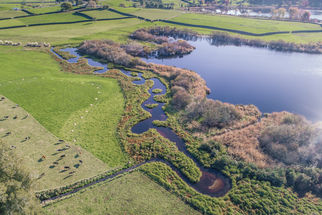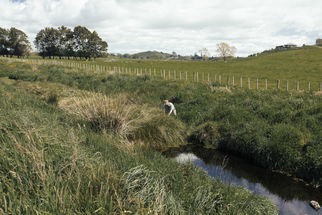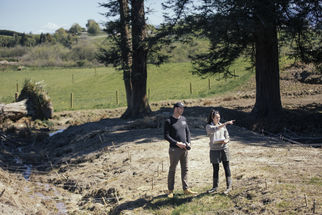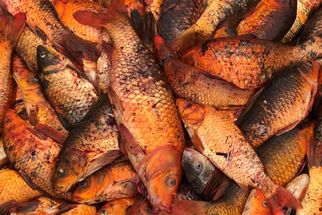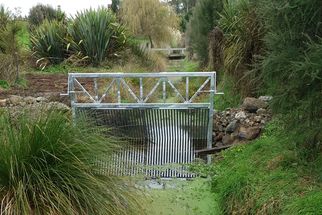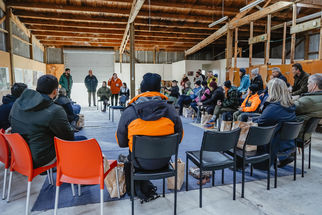
Site Evaluation Reports
A detailed evaluation of the activities, outcomes and lessons from each of the Living Water sites
Globally peat lakes are rare ecosystems – the Waikato Region is home to 31 of them. These lakes formed over thousands of years and are home to species that have adapted to their unique conditions.
Classified as ‘acutely threatened’, the Waikato peat lakes are important historically, culturally and environmentally.
Living Water is focused on three specific lakes – Areare, Rotomānuka and Ruatuna. Improving the water quality of these lakes would help black mudfish, Matuku-hūrepo/ Australasian bittern, pūweto/spotless crake, mātātā/fernbird, weweia/ dabchick and long-finned tuna (eel) return and enhance recreational and cultural use.
Lakes Areare, Ruatuna and Rotomānuka have elevated levels of nutrients, sediment and pathogens, and considerable nutrient stores within lake sediments. This has been caused by the various productive land uses in the area and the highly modified hydrology and drainage systems. Enhancement of water quality in these lakes is extremely difficult and will require a range of remediation measures.
Living Water’s key focus was restoring unique peat ecosystems, enhancing habitat around the lake margins, and transforming agricultural drains into healthy waterways.
A detailed evaluation of the activities, outcomes and lessons from each of the Living Water sites
A round-up of all the mahi from the Waikato Peat Lakes catchment as at July 2022
Download our catchment map in high or low resolution
Can continuous, accurate data that’s accessible to all parties involved in catchment management empower and inspire change?
Living Water has partnered with landowners, community and iwi to carry out lake restoration activities
Working with Ngāti Apakura to restore the mauri of the lake
Reducing pest fish in Lake Ruatuna in order to re-establish native macrophytes to improve water quality over time.
Sediment traps are simple, low-cost excavations in a watercourse or near a waterbody that capture and reduce the downstream movement of gravel, sand, and silt.
Investigating what contaminants are entering Lake Ruatuna, when they enter the lake and where they are coming from?
Reducing contaminants and improving wetland habitat
Spraying a mixture of water, seed, mulch and sometimes fertilisers onto the ground in difficult to reach places
Reducing the biomass of invasive macrophyte Ludwigia by aerial spraying with drones, rather than hand weeding or excavation
Using a sample of water, soil or sediment can detect species much more easily than electrofishing or intensive trapping
Preventing the spread of invasive pest fish
If children are engaged, they can develop a sense of ownership of an area, see the positive changes in the area over the years, and influence their parents to become involved.
Community engagement is key to any project. Once the project is over, it’s the community that keeps it alive




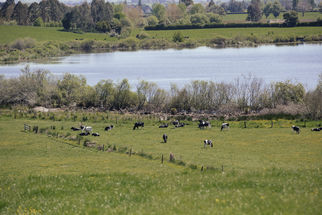
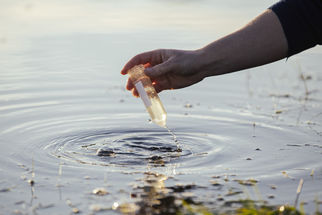

-0-322-0-215-crop.jpg?k=b508760568)


